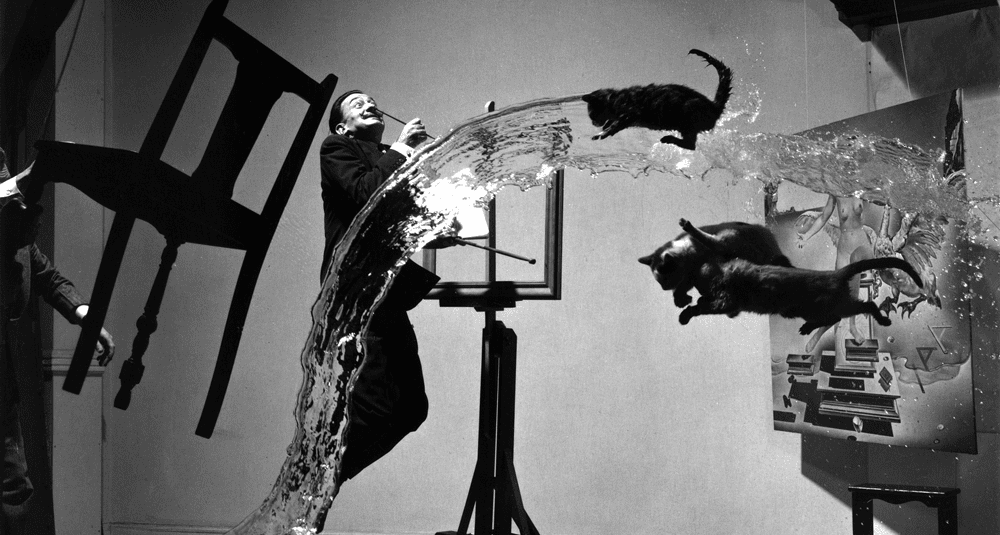Which artistic movement does Salvador Dali belong to?
Last Updated:
Salvador Dalí belongs to the Surrealism artistic movement. Born in Figueres, Spain, in 1904, Dalí is one of the most emblematic and influential artists of this movement, which emerged in the 1920s as a reaction against the artistic and social conventions of the time.
Surrealism, founded by André Breton, sought to liberate the imagination by exploring the unconscious, dreams and irrational mental states. Surrealist artists use techniques such as automatism, collage and found objects to create works that defy logic and traditional expectations.
Dalí is famous for his detailed, dreamlike paintings, which incorporate strange, fantastical imagery. Among his most famous works are The Persistence of Memory (1931), with its soft, melting watches, and The Elephants (1948), depicting elephants with long, slender legs.
Dalí’s art is characterized by meticulous realism and compositions that evoke the dreamlike and the absurd. He uses recurring symbols such as soft watches, eggs, ants and elephants to represent complex concepts related to time, sexuality and mortality.
In addition to painting, Dalí explored other art forms, including sculpture, film, photography and performance. His eccentric, theatrical approach to life and art made him a captivating and controversial public figure.
Salvador Dalí belongs to the artistic movement of Surrealism. His work, marked by the exploration of the unconscious and dreams, has left an indelible mark on the art world and continues to inspire and fascinate art lovers the world over.
arts

Which artistic movement does Salvador Dali belong to?
Answer
Salvador Dalí belongs to the Surrealism artistic movement. This movement is characterized by the exploration of the unconscious and dreams in art.